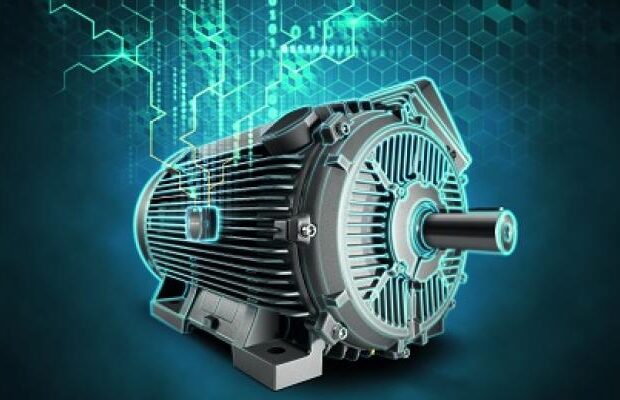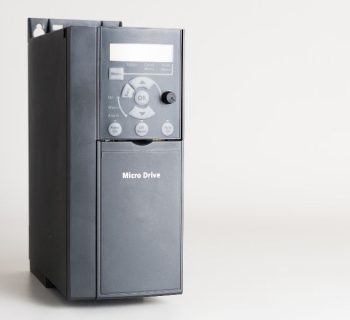Smart sensors for condition monitoring are sensors that are designed specifically to monitor the condition of a system or process and provide information that can be used to improve the performance of the system or process. Sensors for condition monitoring are used in a variety of industries, including aerospace, automotive, manufacturing, oil and gas, power generation, rail and wind energy. This article will detail what smart sensors for condition monitoring are, why they’re important, and some devices you can use for condition monitoring.
What Are Smart Sensors?
In their simplest form, a smart sensor is a device that’s able to collect data and communicate with other devices. The data collected by a smart sensor can also be used for the purposes of monitoring the condition of a system, piece of equipment or process. Smart sensors are typically used in industrial and commercial applications to monitor and control processes, or to automatically adjust settings to match changing conditions in the environment in which they’re placed.
Why Are Smart Sensors Important?
Smart sensors for condition monitoring are important because they allow for real-time monitoring of equipment conditions. This information can be used to make more informed decisions about when to perform maintenance or repairs on a particular piece of equipment, as well as to predict when failures are likely to occur. Smart sensors can also provide data that can be used to improve equipment design and manufacturing processes.
What Are the Benefits of Smart Sensors?
Smart sensors offer a number of benefits for condition monitoring, including the ability to provide real-time data, the ability to monitor multiple parameters simultaneously, and the ability to be integrated into existing systems. Being able to integrate them into an existing workflow or system can be crucial for factories, warehouses and chemical plants that need to meet tight production deadlines, as integration causes minimal disruptions to productivity. Additionally, smart sensors can offer greater accuracy and reliability than traditional sensors, and can be used to monitor a wider range of conditions.
Devices for Condition Monitoring
There are many different types of smart sensors that can be used for condition monitoring. Some common examples of sensors found in industrial and factory settings are:
- Accelerometers – These sensors measure acceleration and can be used to detect vibration or impact.
- Temperature sensors – These sensors measure temperature and can be used to monitor for overheating.
- Humidity sensors – These sensors measure humidity and can be used to monitor for moisture levels.
- Pressure sensors – These sensors measure pressure and can be used to monitor for leaks.
There are also a variety of handheld devices that can be used for condition monitoring, including data loggers, vibration meters and thermal cameras. The type of device you use for your factory, warehouse or plant will depend on the application and how extensively sensors are being used in your processes. Typically, handheld instruments are the most convenient way to monitor the condition of equipment, as they’re lightweight, portable and possess an easy to understand UI.








